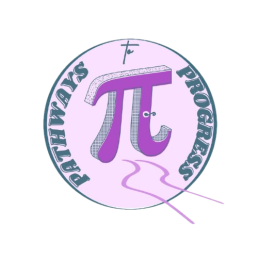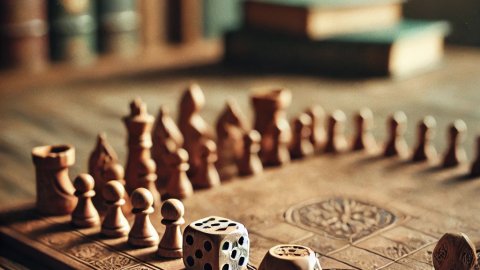Mathematrix: Board Games Social
Abstract
Come chill out after a busy term and play some board games with us. We'll provide some games but feel free to bring your own!
Mathematrix: What is a minority in Mathematics?
Abstract
A question we get asked all the time! We'll also be discussing the numerous ways our identities as Mathematicians are shaped by being a minority. Free lunch provided.
Oxford Women and Non-Binary in Mathematics Day 2025: Pathways to Progress

Oxford Women and Non-Binary People in Mathematics Day 2025: Pathways to Progress
Saturday 1st March 2025 - 10-4:30 - Mathematical Institute
Building on the success of last year's conference, this year's event, 'Pathways to Progress' will showcase the varied paths that women and non-binary people can take within Maths, from art to teaching to academia to tech. We will be bringing together mathematicians from across the UK for a schedule of talks, workshops, and networking sessions. The aim is to encourage women and non-binary people to pursue careers in Mathematics, to promote women and non-binary role models, and to bring together a community of like-minded people.
This event is open to everyone, regardless of their gender identity. More details can be found on our website https://www.oxwomeninmaths.co.uk/ and the registration form is here.
IceCube Starting-Track Events at Energies Down to 1 TeV
data
13:00
How to recognise black hole states?
Abstract
Black holes play a central role in our understanding of quantum gravity, but identifying their precise counterparts in a dual QFT remains a tricky business. These states are heavy, chaotic, and encode various universal aspects — but are also notoriously hard to characterise. In this talk, we’ll explore how supersymmetric field theories provide a controlled setting to study black hole states. In particular, we’ll introduce the idea of fortuitous states as a useful criterion for identifying BPS black hole states. We’ll then illustrate this concept with concrete examples, including the (supersymmetric) SYK model and the D1-D5 CFT.
The discussion will be based on the following recent papers:
arXiv:2402.10129, arXiv:2412.06902, and arXiv:2501.05448.


